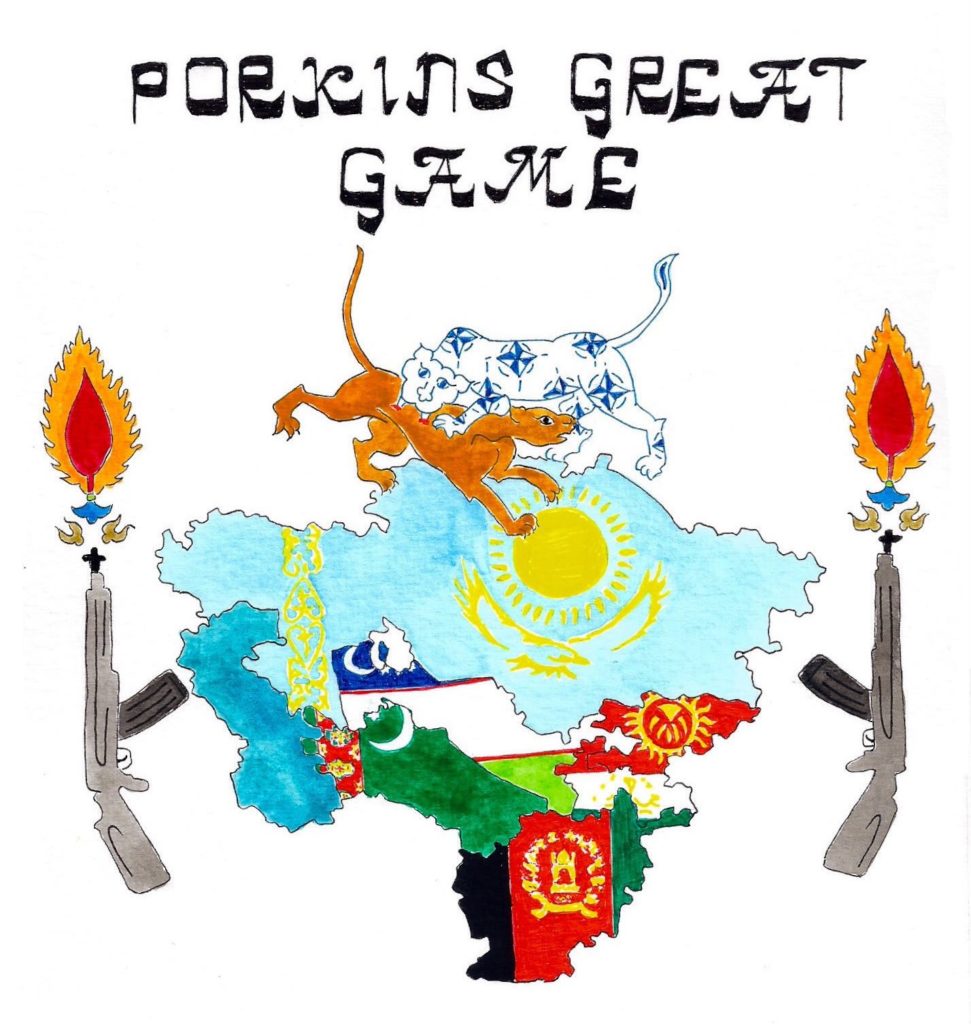-New Silk Roads and the New Great Game
Over the past one and a half decade, there has been a notable expansion of Chinese presence in the Central Asian states in order to meet its short-term goals of political and ethnic importance, and the long-term goals of economic significance. Beijing’s short-term targets of political and ethnic importance were focused on border delineation issues and ethnic issues in the bordering Xinjiang Uygur regions, while the long-term targets were mainly of improving trade and economic ties with these countries especially on the energy front. This paper argues that Beijing’s policy towards Central Asia is mainly characterised by its search for tapping the region’s large energy finds and a long term plan to play a significant role on the region’s political and economic spheres.
The term ‘New Silk Roads’ is used a great deal today and it is a metaphor for reconnection. It implies transport corridors, international trade, oil and gas pipelines and tourism. It also embodies a concept of outreach, based on mutual interest, peace and stability. The term is used formally: Japan, for example, speaks of its “Silk Road Diplomacy”. It is also a powerful marketing tool; it has become a brand name for glamorous pro- ducts of all sorts, such as expeditions, food, clothes. And if one examines the land and sea routes now being used, it is clear that they are quite similar to the routes used in the past, so in that sense, the Silk Roads certainly are being recreated.
There is also a ‘New Great Game’ taking place as the great powers again pursue rival political and economic goals. The main players now are Russia, China and the United States – the US taking the place of Britain in the complex – and Turkey, Iran, Pakistan and India playing secondary roles. The EU and Japan are also involved, though more distantly.
But the regional dynamics today are very different. The new Central Asian states are self-confident and assertive and they set the rules. So whereas in the 19th century it was the great powers that set the agenda, it is now the Central Asian states that largely determine who they will form partner- ships with, who they will do business with, who will get access to their resources. They take advantage of the way in which the shifting balance of global power creates multiple options and new partnerships. Modern Central Asia is, as ever, a place of adventure, of alluring opportunities, but it is also still a place of risk and unpredictability, as those who have been involved in business ventures in the region will testify.
Of course, no great power, or even a smaller power, would admit that they were engaged in a ‘Great Game’ in Central Asia today. Similarly, many historians would argue that there was no ‘Great Game’ in the 19th century either. But there is certainly a perception that all these external powers are seeking advantage, seeking influence, participating in some sort of strategic competition in the region.
Rüstem Kamenov
